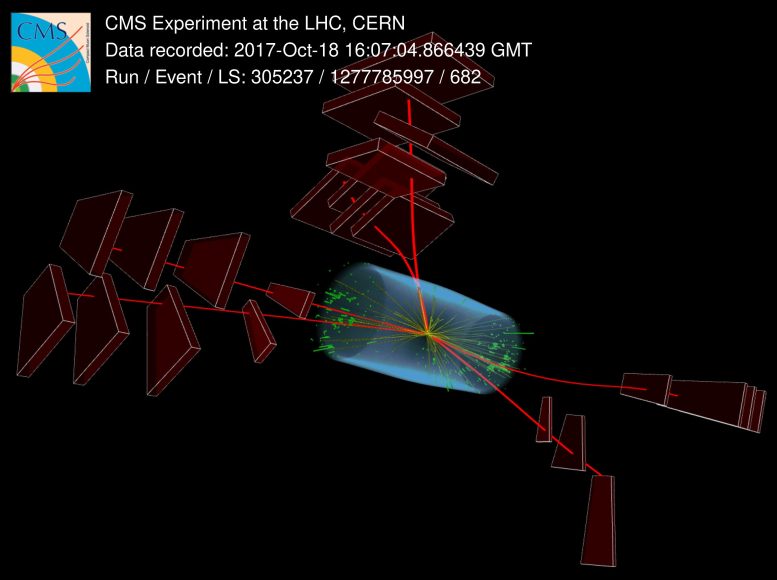
A proton-proton collision event with six muons (red lines) produced in the decays of three J/ψ particles. Credit: CMS/CERN
In a first for particle physics, the CMS collaboration has observed three J/ψ particles emerging from a single collision between two protons.
It’s a triple treat. By sifting through data from particle collisions at the Large Hadron Collider (LHC), the CMS collaboration has seen not one, not two but three J/ψ particles emerging from a single collision between two protons. In addition to being a first for particle physics, the observation opens a new window into how quarks and gluons are distributed inside the proton.
The J/ψ particle is a special particle. It was the first particle containing a charm quark to be discovered, winning Burton Richter and Samuel Ting a Nobel prize in physics and helping to establish the quark model of composite particles called hadrons.
Experiments including ATLAS, CMS, and LHCb at the LHC have previously seen one or two J/ψ particles coming out of a single particle collision, but never before have they seen the simultaneous production of three J/ψ particles – until the new CMS analysis.
The trick? Analyzing the vast amount of high-energy proton-proton collisions collected by the CMS detector during the second run of the LHC, and looking for the transformation of the J/ψ particles into pairs of muons, the heavier cousins of the electrons.
From this analysis, the CMS team identified five instances of single proton-proton collision events in which three J/ψ particles were produced simultaneously. The result has a statistical significance of more than five standard deviations – the threshold used to claim the observation of a particle or process in particle physics.
These three-J/ψ events are very rare. To get an idea, one-J/ψ events and two-J/ψ events are about 3.7 million and 1800 times more common, respectively. “But they are well worth investigating,” says CMS physicist Stefanos Leontsinis, “A larger sample of three-J/ψ events, which the LHC should be able to collect in the future, should allow us to improve our understanding of the internal structure of protons at small scales.”

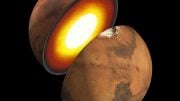

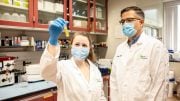

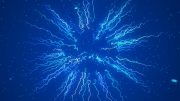


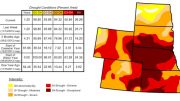
Great Article!!! Now…. how about defining what the heck a J/Psi is so we have a better idea what you are actually discussing and the importance thereof.
If I get it, what is being said is, some of the energy imparted to those protons by the accellerator was transformed, briefly, into matter. Which then promptly disintegrated into oppositely charged particles of a simpler nature.
If so, then there is more story to tell.
Could it be the Jesus/Pitchfork of evil symbol? I’d like to know myself.
J/Psi is a meson(a combination of a quark and antiquark), in this case it is a meson containing charm and anticharm quark.
and a proton is
a proton proton collision event
proton radius 0.833 fm three valence quarks
two up quarks of charge + 2/3 e x 2
one down quark of charge -1/3 e x 2
kinetic energy of two up quarks x 2
kinetic energy of one down quark x 2
energy of the gluon fields that bind the three quarks together x 2 = xi xii
wheres the charm in that
a proton proton collision event
proton radius 0.833 fm three valence quarks
two up quarks of charge + 2/3 e x 2
one down quark of charge -1/3 e x 2
kinetic energy of two up quarks x 2
kinetic energy of one down quark x 2
energy of the gluon fields that bind the three quarks together x 2 = xi xii
and wheres the charm in that
did not print last time
Some about Harry Potter maybe? I don’t understand incantations and stuff
Cern messing with earths shields. Expect havoc when they crank it up
By winding two paticles at 11,11 the impact of two of these creates three particles, at 6,6,. Voldemort’s gringots vault…